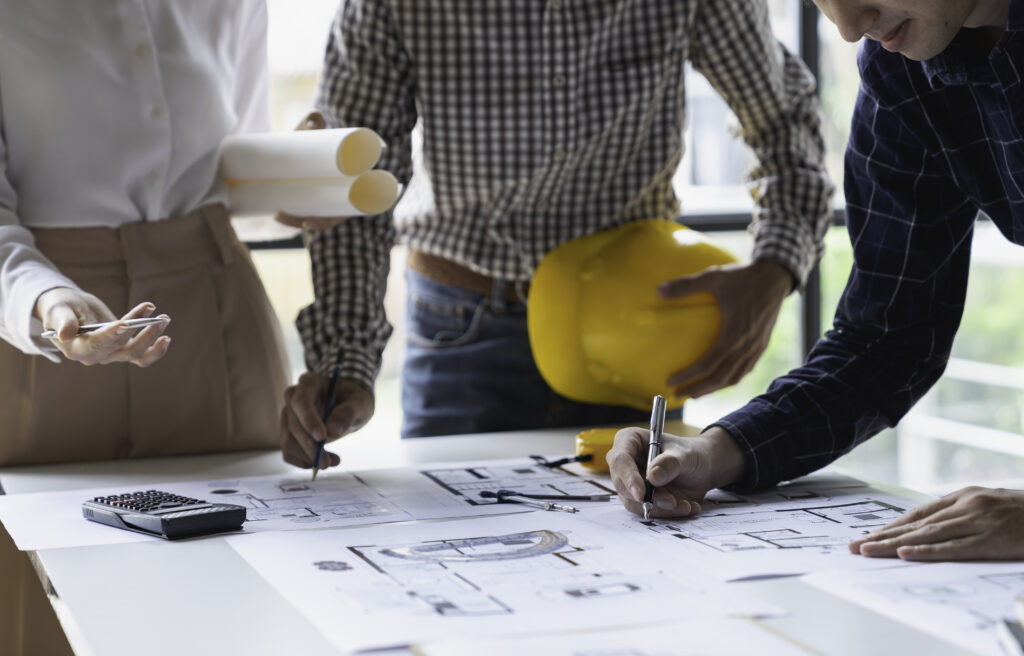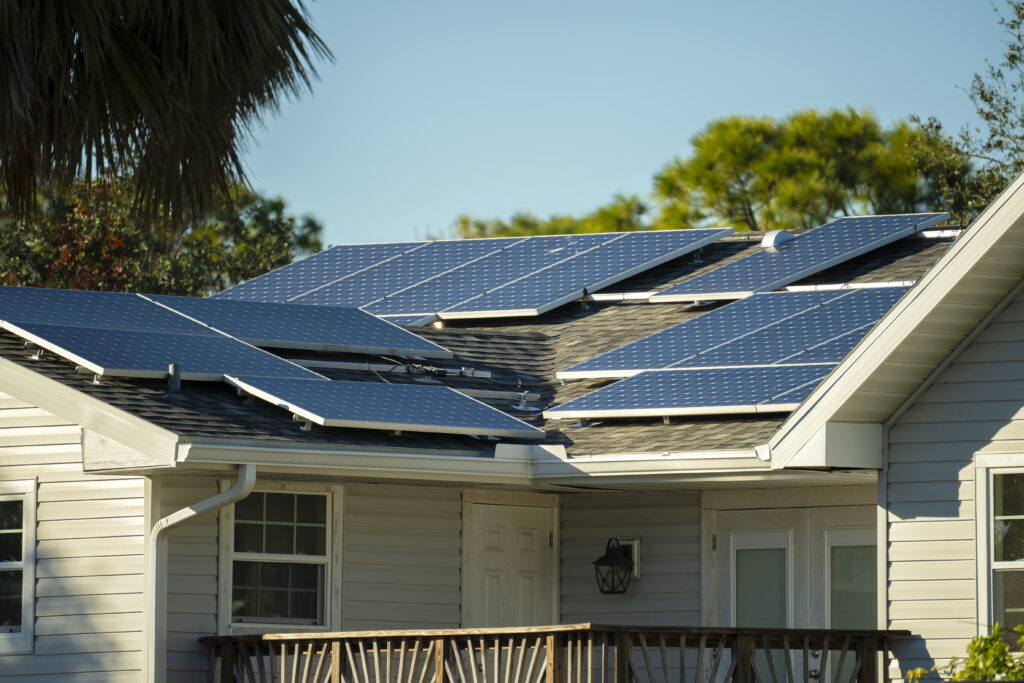A well-thought-out plan should include a clear budget, a timeline, and a list of priorities. Consider the materials that best fit your lifestyle, the layout that maximizes functionality, and any potential challenges that could arise during construction. For example, if you’re remodeling your kitchen, think about how the workflow between appliances, storage, and countertops will affect daily use. If you’re adding an outdoor deck, check local building codes and weather-resistant materials to ensure longevity. Consulting with professionals early in the process can also help you avoid costly mistakes and ensure that your project stays on track. Planning isn’t just about avoiding problems—it’s about making informed decisions that enhance the value and livability of your home for years to come.

When replacing windows and doors, consider options with high insulation ratings to reduce heat loss in the winter and keep your home cooler in the summer. Adding proper insulation to walls and attics can also make a significant difference. Additionally, choosing LED lighting, smart thermostats, and energy-efficient appliances can contribute to lower electricity consumption. If you’re planning a major remodel, look into solar panels or energy-efficient HVAC systems, which can significantly cut long-term energy expenses. Many energy-efficient upgrades also qualify for tax credits or rebates, making them an even smarter investment. While these upgrades may require a higher initial investment, they pay off in the long run through reduced utility bills, increased property value, and a more environmentally friendly home.

High-quality materials, such as solid wood, durable stone, and impact-resistant windows, can withstand wear and tear much better than budget alternatives. Similarly, hiring experienced professionals guarantees that the work is done right the first time, preventing issues like leaks, poor insulation, or structural weaknesses. For example, investing in high-quality siding can prevent moisture damage and mold growth, while choosing premium roofing materials can extend the life of your roof by decades. A well-constructed deck made with composite materials may cost more upfront but will resist warping, rotting, and fading better than traditional wood. While quality may require a higher initial investment, it ultimately saves you money by reducing maintenance and repair costs in the long run. More importantly, quality work enhances your home’s overall value, making it a better long-term investment.
